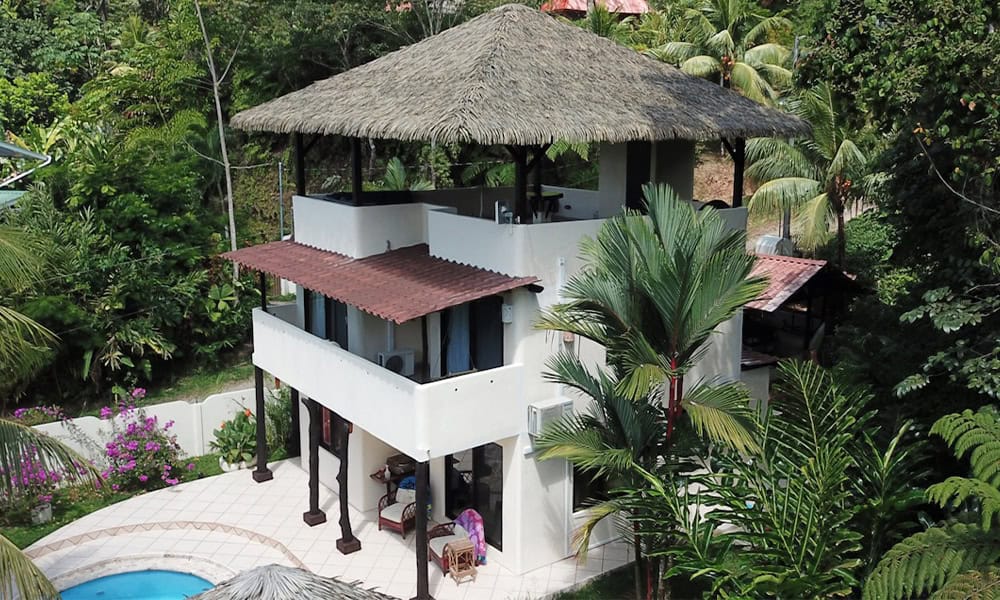Ojochal, a small town in between the Pacific Ocean and the Fila Costeña in Costa Rica’s Osa, isn’t the sleepy agricultural community it once was. Over the past few decades, it has morphed into a high-end tourist destination, largely owned by foreign investors. A recent study by Oscar Leiva, spanning 1990 to 2024, lays out how this transformation happened and what it means for the region’s people and environment.
Leiva’s research shows that 70% to 75% of Ojochal’s properties are now in foreign hands, mostly through corporate ownership. His team studied 2,240 properties across roughly 3,000 hectares and found that the area’s identity has shifted dramatically. What used to be cattle ranches and farmland is now dotted with private, sea-view homes—many gated and off-limits to locals. This change, which kicked off in the 1990s, was fueled by over 3,000 real estate deals, with 68% of properties sold for $250,000 to $750,000. Land prices have skyrocketed, pushing housing out of reach for most local residents.
The study calls this process “touristification,” where the landscape is reshaped to cater to luxury tourism. Ojochal, part of the Costa Ballena brand alongside Uvita and Dominical, is marketed as a biodiversity hotspot with a focus on conservation. But Leiva argues this is a facade. Behind the “eco-friendly” label, luxury condos and housing projects are popping up in fragile ecosystems. He describes it as a new kind of extractivism—not mining or logging, but turning the area’s scenery, culture, and lifestyle into commodities for wealthy outsiders.
For Ojochal’s original residents, many of whom come from farming and ranching families, the impact has been harsh. Rising land costs and a 49% spike in rents over the past decade, especially post-pandemic, have forced many to leave. The Costa Rican government’s role is complicated. It promotes the region as a green, thriving destination but has done little to regulate real estate speculation or protect local communities. This lack of oversight has allowed foreign capital to dominate, often at the expense of environmental and social balance.
Leiva’s findings echo broader concerns about tourism’s double-edged sword in Costa Rica. While our country has long been a leader in eco-tourism, places like Ojochal show how unchecked development can erode the very qualities that draw visitors. The study doesn’t offer easy answers but raises tough questions about balancing economic growth with preserving local identity and access to land. For Ojochal, the path forward will depend on whether Costa Rica can reconcile its global image with the needs of us who live here.







